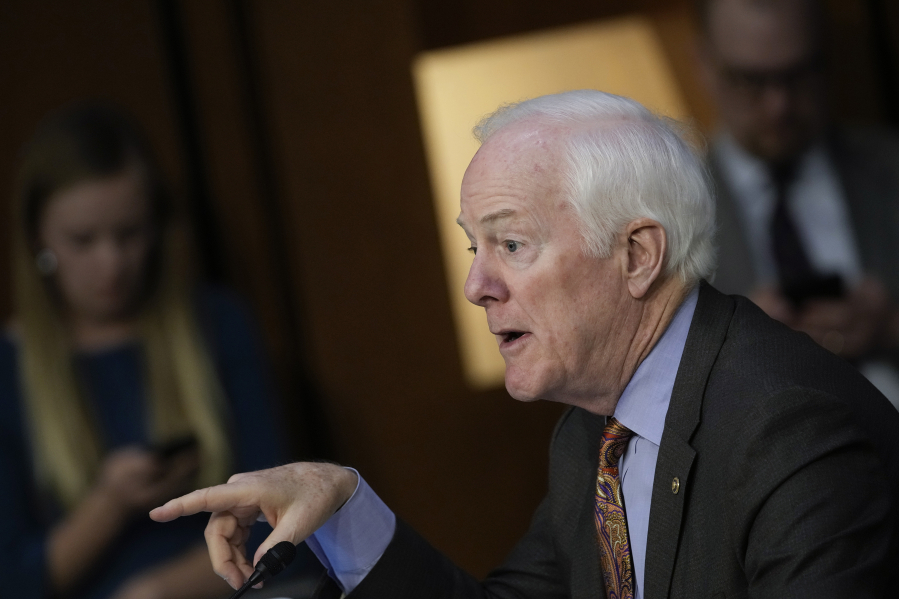WASHINGTON — U.S. Citizenship and Immigration Services is on track this fiscal year to process the most employment-based green cards in the history of the program, after several years of falling short on processing goals.
For the tens of thousands of highly educated foreign citizens who got their green cards this year, the processing boost was life-changing, chopping years off their wait times. It also likely alleviated the labor crunch for companies searching for skilled workers in health care and other industries.
But the agency won’t be able to maintain that increased pace without action from Congress, where proposals to allow more employment-based green cards each year have been caught in the political thicket of immigration reform and border security.
“There’s more demand than ever for employment-based green cards,” said David Bier, associate director of immigration studies at the Cato Institute think tank. “This problem is not going anywhere unless Congress changes the employment-based green card caps.”
USCIS, the Department of Homeland Security agency that processes requests for visas and other benefits, had more than double the usual number of employment-based green slots to work with this fiscal year because of a confluence of immigration law and processing halts due to the pandemic.
Employment-based green cards are typically capped at 140,000 per year, a congressionally mandated visa limit that, combined with per-country visa caps, caused a waitlist to build up over time, particularly for Indian citizens.
But USCIS had issued more than 263,000 employment-based green cards as of Aug. 31 and is “well-positioned” to process all the 281,507 employment-based green cards available by the end of this fiscal year on Sept. 30, the agency announced earlier this month.
Those extra cards were available this fiscal year because of the way green cards are allocated between foreign citizens sponsored by their jobs and foreign citizens sponsored by spouses or family members.
At the end of each fiscal year, any unused family-based green card slots are added to the following year’s cap of employment-based green cards, while extra employment-based green card slots expire.
Family-based green card processing has taken a hit during the COVID-19 pandemic because of closures at State Department consular offices. This made room for more employment-based green cards.
Last fiscal year, the immigration agency let tens of thousands of extra slots go to waste because of agency processing delays, which angered immigrants who had spent years in a backlog waiting for a green card to become available.
A USCIS spokesperson credited the “tremendous effort of the USCIS workforce and our partners at the Department of State” for the agency’s ability to process all available employment-based green cards this fiscal year.
“Efforts to eliminate intake delays and reduce biometric backlogs in FY21 allowed USCIS to find unique solutions in order to capture all available visas in FY22, while still balancing other priorities, including naturalization, work authorization applications, emerging humanitarian initiatives, and ongoing staffing challenges,” the spokesperson said.
The agency estimated that 95,000 Indian citizens received an employment-based green card this year, which is more than four times the typical number before the pandemic.



